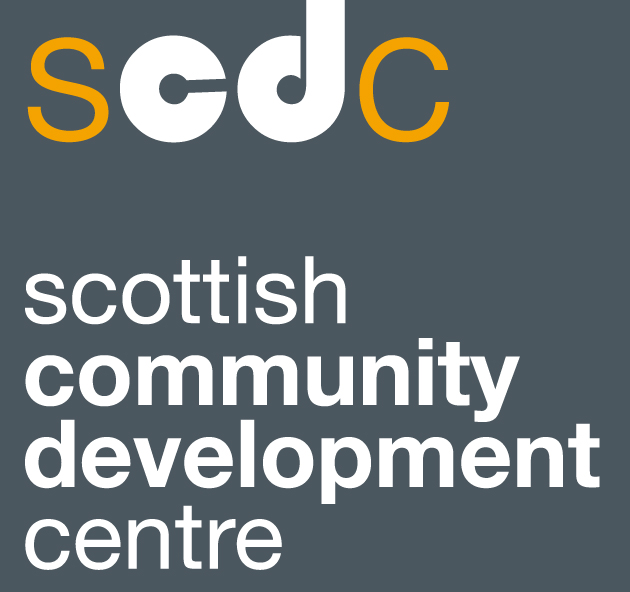SCDC Consultation Response
Representativeness and Accountability
Note: This section is relevant to questions 3, 4, 5 and 6 in the DM2 consultation
The following diagram and accompanying text highlights key features we believe community anchor organisations should embody.
On this note, our diagrams do not themselves constitute a rigid proposed model for local democracy. Rather they are a way of representing what we feel are essential components to be considered in developing an effective model.
Anchor organisations could be existing groups like Community Councils (CCs) or Community Development Trusts (CDTs) if they have a clear demonstrable relationship to their community in the wider sense and can demonstrate significant level of membership, active engagement and/or evidence of local satisfaction with their representative role and their representativeness.
However, we generally observe that the strongest anchor roles are built through wider representative networks which also reach out to other organisations.
We feel that the scale of viable development post-Local Democracy Bill is likely to preclude the anchor role lying with a single organisation and it should therefore favour the network model drawing on representation from across its agreed boundaries. Each anchor network or “super anchor “would require clear terms of reference or a constitution and potentially be a more sophisticated legal identify if it wanted to hold funds, employ staff etc, though this could be developed over time. It is possible that increased powers will increase the number of roles within organisations and therefore the number of opportunities for local people to play a part as volunteers or in meaningful jobs. If such organisations are developed formally, it is likely that some will assume a different identity as an umbrella structure such as Lochalsh Collaboration or Langholm Alliance and others remain more localised. Whatever the scale of the anchor role operating within agreed common bonds, it is essential that they have clear democratic accountability to communities whatever form they take, in line with the charter and standards suggested in the consultation.
Though each local context may throw up different solutions we suggest a hybrid menu of structural ideas which promotes the essential nature of local democratic accountability but creates more flexible access routes to positions of leadership and influence, including:
A proportion of committee places for nominations from existing constituted representative groups within the boundary including but not limited to CCs and CDTs. This could include, for instance, a Youth Council or Disabled People’s Organisation. This issue should be further explored in deliberative dialogue and in guidance.
Testing a sortition approach to bring different population groups into the leadership process, e.g. those from a local migrant population or young peoples’ representatives if an appropriate organisational route does not exist.
The ability to co-opt individuals with clear links to population sections who are less readily identifiable, for example, equalities groups or those working on important issues without community organisations.
All representative recruitment must be open, transparent and open to community influence. Where required, a credible electoral process should exist and be adequately promoted, supported and funded to ensure democratic choices can be exercised as to who leads local processes.
Volunteers should also be supported to take key roles in organisations other than elected roles in order to maximise local expertise and energy and to encourage succession planning.
Links with the wider population, including younger residents, should be supported by local CLD teams and other agencies to help ensure representativeness of anchor networks and encourage succession planning.
Whatever methods are used to maximise meaningful involvement across communities, the validity of anchor organisations/networks and their mandate must be subject to regular elections processes or other democratic forms of renewal of their leadership. Note, we feel that this point is fundamental and addresses q9 of the DM2 consultation.
It is vital that the details of any guidance in these new organisational forms could be structured is co-produced with representatives of communities.
This should also include how they are resourced. To be effective they will require to have access to funds which:
enable engagement and analysis of needs;
ensure no participant is unable to participate due to financial issues;
provide administrative support;
meet development support needs, training and shared learning; and
have some access to seed corn budgets to promote local action.
